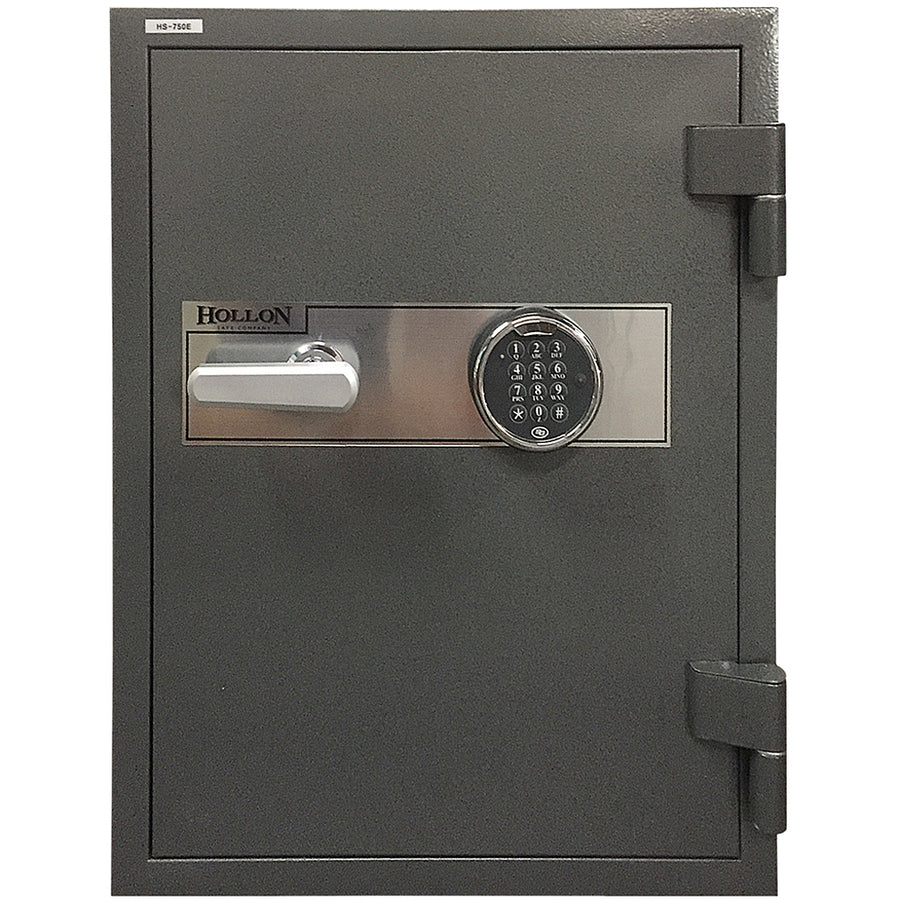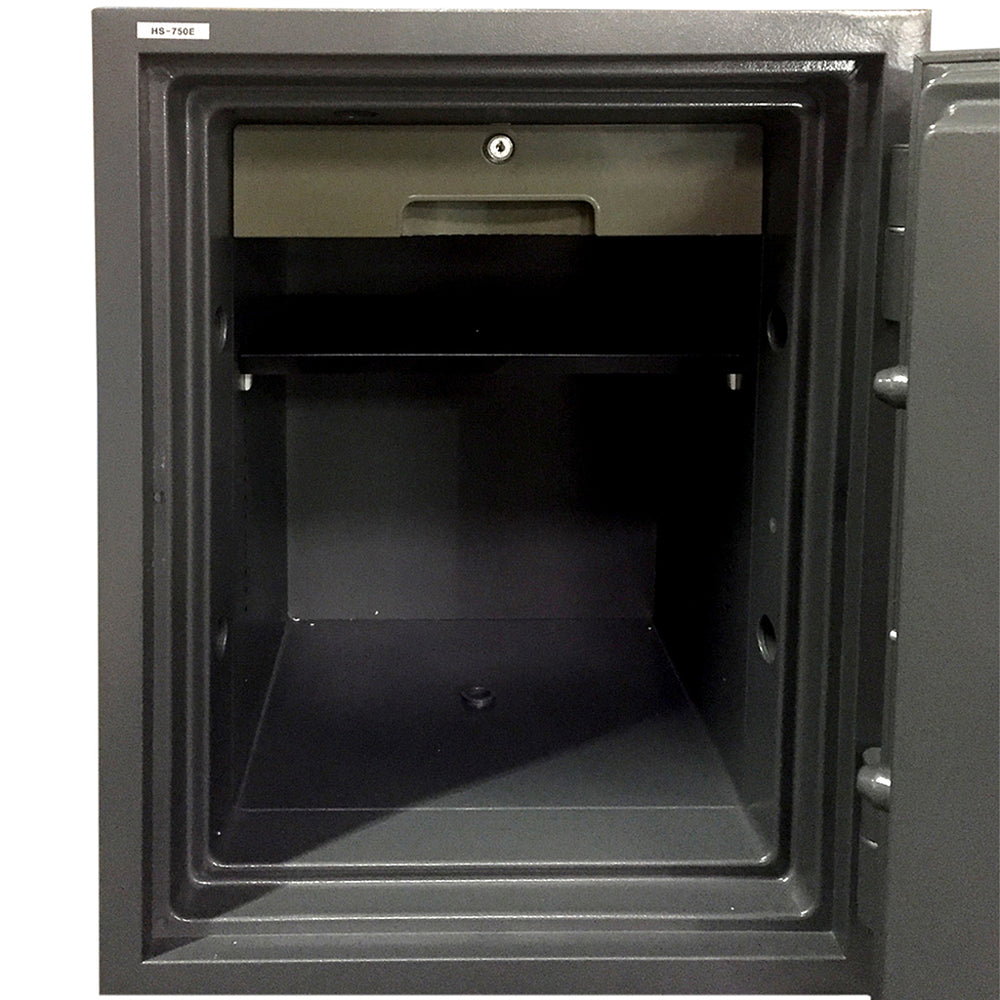Safe Categories
Most safes are manufactured for a specific purpose, whether that be to protect firearms or to keep paper documents safe in a fire.
Fire Proof and Fire Rated Safes
Concrete is the favored insulating material for fire safes. Make sure the unit withstands heat of 1700 degrees for a minimum of 30 minutes regardless of insulation used. Concrete, however, makes interiors very humid over time. Periodically air out the safe, or use desiccants or dehumidifers to absorb moisture. Some fire safes also offer burglary protection with features such as relockers, dead bolts and vault style hinges. At minimum we suggest you purchase a safe that can be bolted to the floor to prevent a would-be thief from taking your safe with them. Most manufacturers offer a lifetime after fire replacement guarantee.
Burglary Safes
Burglary safes generally have thicker doors and bodies with steel construction. Many are fireproofed as well, for up to 2 hours, with internal temperatures not above 350°F. Features to look for include solid steel locking bolts, a relocking device to prevent entry through the lock, and deadbolts or a vertical locking bar along the hinge side of the door. Make sure the safes can be bolted to the ground or a strong shelf, from the inside. Bolting inhibits burglars from carting the safe out of your house or business and is your best defense against most burglars.
Looking for serious burglary protection? TL rated safes offer the highest protection, typically having thicker walls, doors and larger locking bolts than your average burglary safe.
Depository Safes
Ideal safeguards for cash businesses: convenience stores, hotels, motels, gas stations, car washes, churches, and restaurants that can make non-returnable deposits. They minimize the amount of cash in the till should robbery strike. Deposits are made through a loading slot or door; most have anti-fish baffles, to prevent theft through the slot, and some have programmable time delays up to an hour or more, to frustrate thieves. If combinations are incorrectly entered, the keypad has a lockout penalty frustrating the potential burglar even more so. Codes can be changed easily. Some models offer extra safety features such as 1” diameter solid steel live locking bolts, a heavy duty dead bar to prevent door removal if forced entry is tried. Make sure units can be bolted to the floor to prevent removal from the premises.
Drop Box Safes
Drop box safes are depository safes that are smaller in size and because of that offer flexibility with placement. Often bolted under counters, hung on walls or even placed in walls or doors these models are great options for dropping keys, rent payments or small amounts of cash. Deposits are made through a loading slot; most have anti-fish baffles, to prevent theft through the slot, and have tubular style or dual locks for extra locking protection. As with all safes we recommended bolting down your safe to offer the most protection.
Gun Safes
You’re a gun owner. You know how to handle them. But how about protecting your family and friends from dangerous firearms? Gun safes now come in every size and shape for handguns, rifles, shotguns and more, and allow you quick access. They can handle from 1 to 36+ various firearms. They can be mounted from the inside with secure bolts, on walls, floors, shelves, in closets, behind doors, installed vertically or horizontally. Most are lined to protect your weapons, and many have configurable interiors to allow for storing other valuables. Locks range from five button mechanical locks to digital programmable locks. Some even provide fire protection for added peace of mind.
Wall and Floor Safes
Wall and floor safes can be space savers and provide hidden protection for your valuables. They are usually installed in concrete/wooden floors, under carpets or furniture, or inserted flat behind mirrors or pictures.
Security Boxes
Security boxes are usually small and/or portable safes that allow you to secure your valuables in a minimum amount of space and take them with you if necessary. Narcotics boxes are an example and are an ideal solution for safely storing medicines and narcotics. They are often used in ambulances, hospitals and nursing homes.



